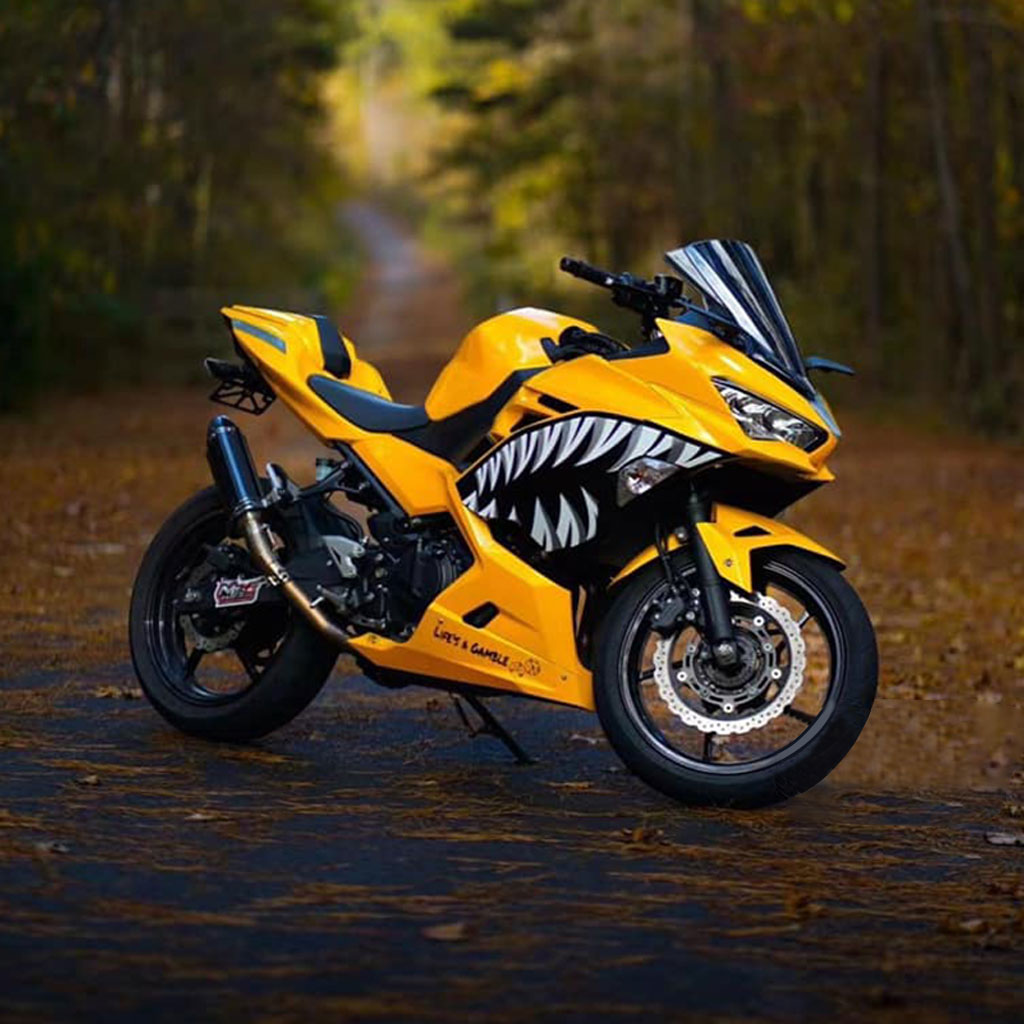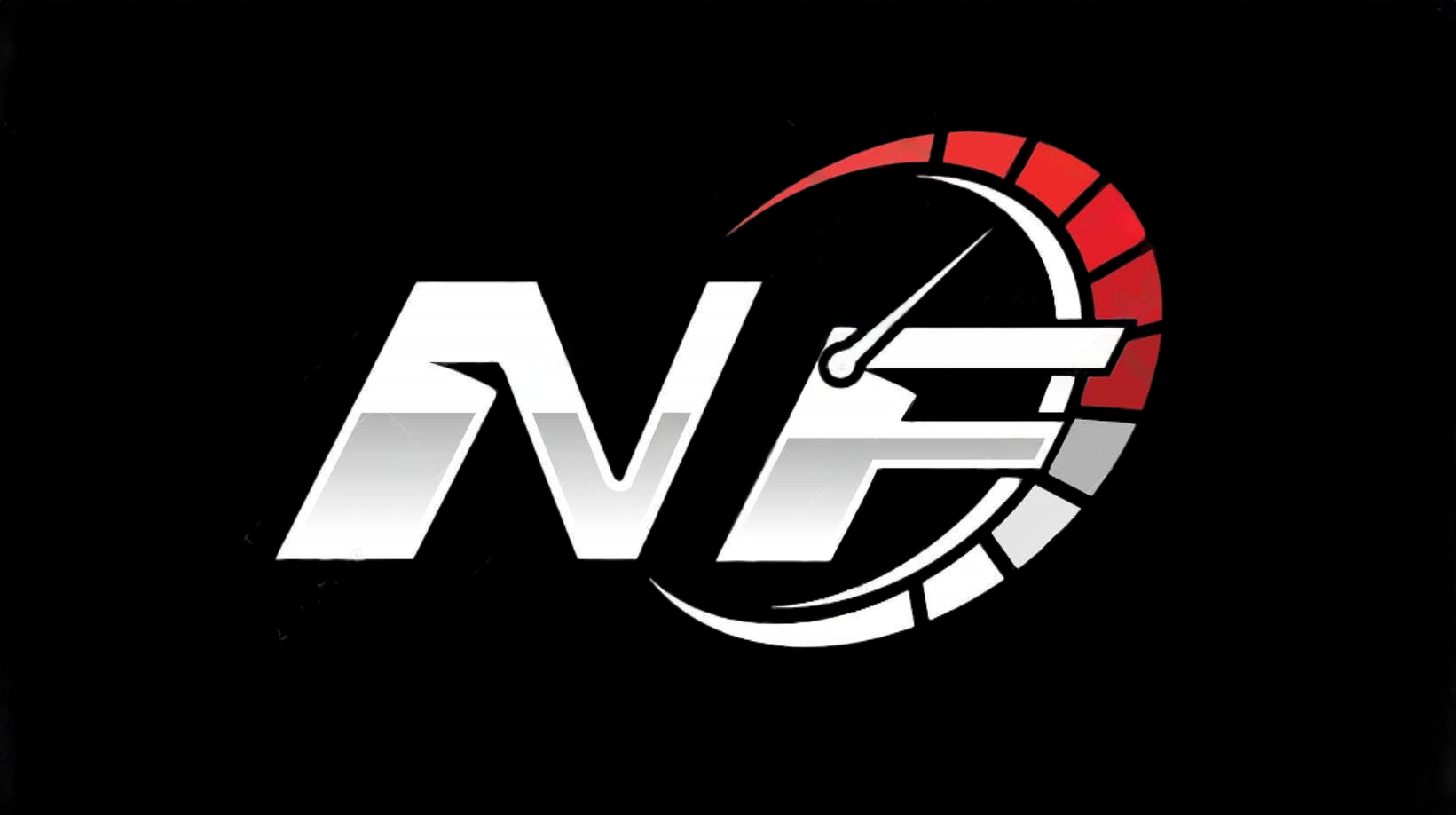How to Select the Best Fairing Kit for Your Bike
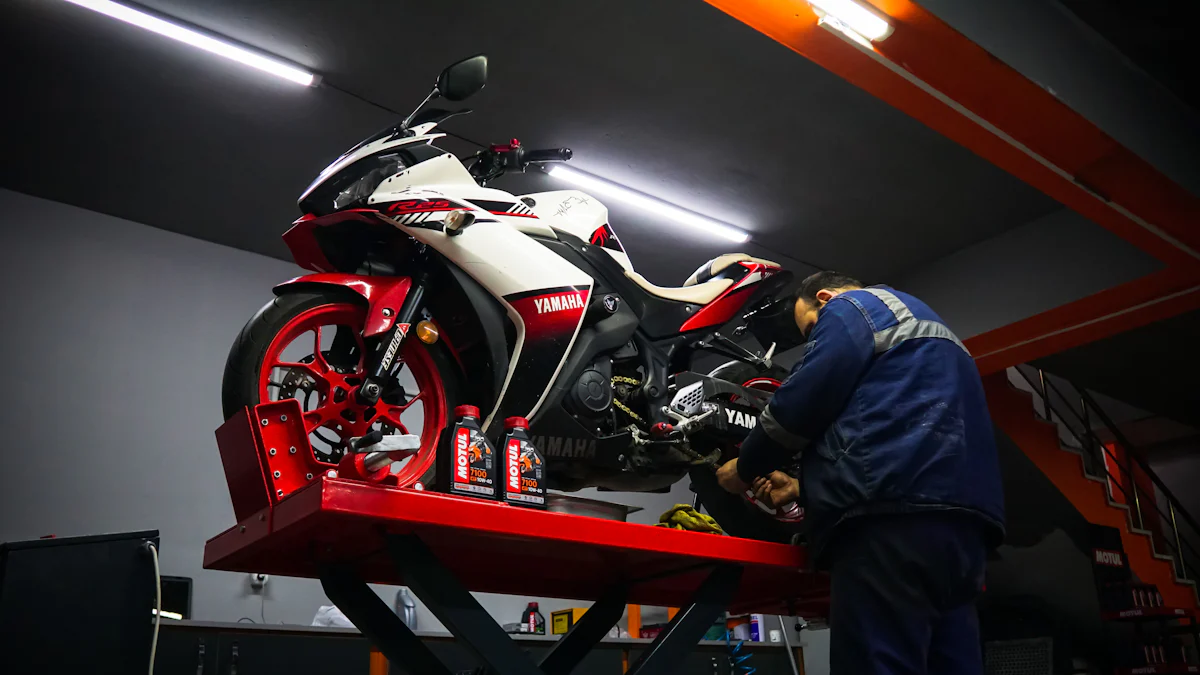
When you’re looking to upgrade your motorcycle, it’s essential to select the best fairing kit, as it can make all the difference. Fairings don’t just enhance the look of your bike; they also improve performance and safety. By reducing air drag, they boost speed and fuel efficiency, which is a game-changer for racing or long rides. Plus, they shield you and your bike body parts from wind, debris, and harsh weather. A high-quality kit even stabilizes your motorcycle at high speeds, giving you better control and handling. Whether you want to protect your motorcycle body parts or personalize your ride, selecting the best fairing kit ensures you get the perfect balance of style and functionality.
Key Takeaways
Pick a fairing kit that fits your bike's make, model, and year.
Choose materials carefully; ABS plastic is strong and cheap. Fiberglass and carbon fiber work better for racing.
Think about aerodynamics; good fairings cut wind drag and keep the bike steady at high speeds.
Plan your budget first; find a fairing that is good quality but not too expensive.
Take care of your fairing by cleaning it often. Check for damage to make it last longer and keep your bike safe.
Compatibility and Fit
When choosing a fairing kit, compatibility is one of the most important factors to consider. A well-fitting fairing ensures your bike performs at its best while looking great. Let’s break down what you need to know.
Matching the Fairing to Your Bike's Make and Model
Not all fairings are created equal, and not every fairing will fit your motorcycle. You need to match the fairing to the specific requirements of your bike. Start by identifying your bike’s make, model, and year. Manufacturers design fairing kits to fit certain models, so double-check the product description before buying. A poorly matched fairing can lead to installation headaches and even compromise your bike’s performance.
Also, consider the type of fairing you need. Different types of fairings, like full, half, or quarter, offer varying levels of aerodynamic performance and rider protection. For example, a full fairing provides maximum wind resistance and coverage, while a quarter fairing is lighter and more suited for casual rides.
Understanding Manufacturer Recommendations
Always pay attention to what the manufacturer suggests. They know their products best and often provide detailed fitment guides. These guides help you determine if a fairing kit is compatible with your bike. Some manufacturers even offer online tools where you can input your bike’s details to find the perfect match. Following these recommendations ensures you get a fairing that not only fits but also performs well.
Custom vs. Universal Fairing Options
Here’s where you get to make a choice: custom fairings or universal ones. Custom fairings are tailored to your bike’s exact specifications. They offer a precise fit and often come in designs that match your style. On the other hand, universal fairings are more flexible and can fit multiple bike models. While they’re usually more affordable, they might require extra adjustments during installation. If you want a seamless look and feel, custom fairings are the way to go. But if you’re on a budget, universal options can still get the job done.
Ultimately, selecting the best fairing kit comes down to understanding your bike’s needs and your personal preferences. Whether you go for custom fairings or a universal option, make sure it aligns with the specific requirements of your bike.
Material and Build Quality
When it comes to selecting the best fairing kit, the material and build quality play a huge role. The right material ensures your fairings last longer, perform better, and look great on your motorcycle. Let’s dive into the most popular materials and what makes them stand out.
Popular Materials for Fairing Kits
Fairing kits are made from a variety of materials, each offering unique benefits. Here’s a quick comparison to help you understand the options:
Material | Properties |
|---|---|
Acrylonitrile butadiene styrene (ABS) | Strong, flexible, durable, lightweight, resistant to scratching, protects against debris. |
Fiberglass | Durable, lightweight, repairable, used mainly on racetracks. |
Carbon fiber reinforced polymer | Lightest material, expensive, primarily for sport bikes and racers. |
ABS plastic is the most common choice for aftermarket fairings. It’s durable, lightweight, and easy to mold into different designs. Fiberglass is another excellent option, especially for racing enthusiasts, as it’s repairable and highly versatile. If you’re after high-quality fairings for maximum performance, carbon fiber is unbeatable, though it comes with a higher price tag.
Durability and Impact Resistance
Durability is key when choosing fairings. You want a material that can handle the wear and tear of daily rides or long trips. ABS plastic stands out for its impact resistance and ability to protect your bike from debris. Fiberglass is also durable but can become brittle under certain conditions. Carbon fiber, while incredibly strong, is best suited for sport bikes due to its lightweight nature.
Here’s a quick look at the pros and cons of ABS plastic versus fiberglass:
Material | Advantages | Disadvantages |
|---|---|---|
ABS Plastic | Impact-resistant, low melting point, high tensile strength, resistant to chemical corrosion, can be molded and painted | Lower heat resistance compared to fiberglass |
Fiberglass | Lightweight, durable, highly versatile, resistant to corrosion and degradation | More expensive, can be brittle under certain conditions |
If you’re looking for a balance between cost and durability, ABS plastic is a solid choice for aftermarket fairings. For those who prioritize performance, fiberglass or carbon fiber might be worth the investment.
Weather Resistance and Longevity
Weather resistance is another factor to consider. High-quality fairings should withstand harsh conditions like rain, heat, and UV exposure. ABS plastic performs well in most weather conditions, making it a reliable option for everyday riders. Fiberglass resists corrosion and degradation, which is great for long-term use. Carbon fiber, while durable, may require extra care to maintain its sleek appearance.
By choosing the right material, you’ll ensure your fairings not only look good but also last for years. Whether you’re upgrading for style or performance, focusing on quality materials will make all the difference.
Aerodynamics and Design
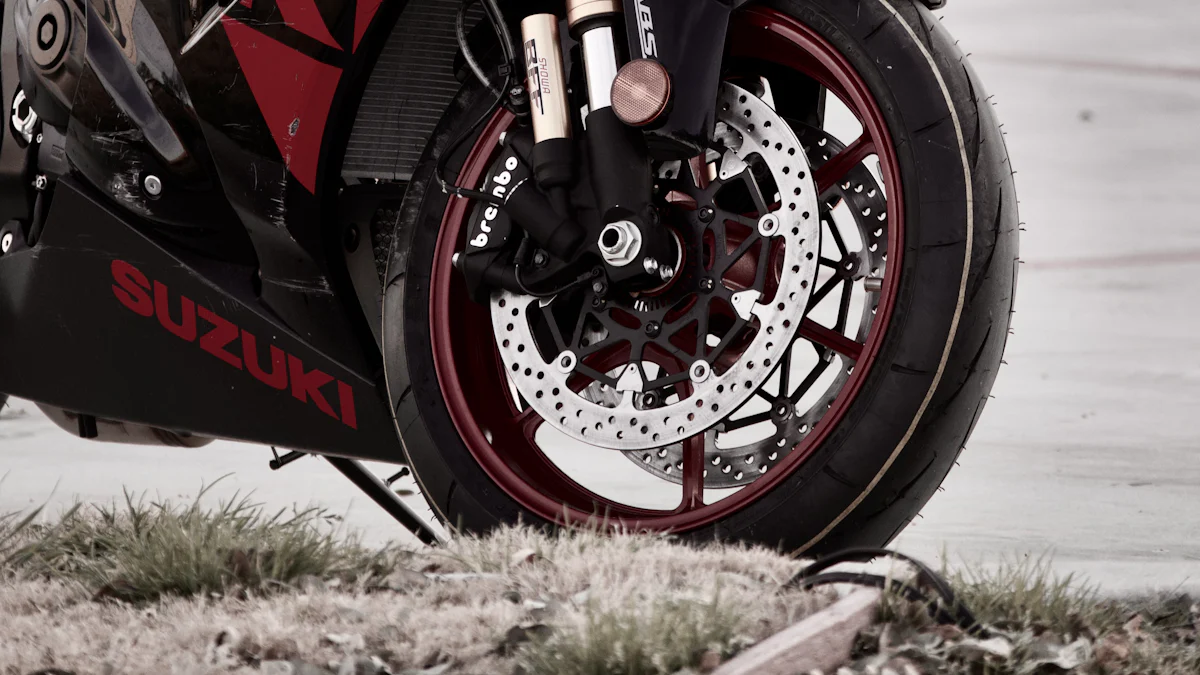
When it comes to motorcycle performance, aerodynamics plays a huge role. The right fairing doesn’t just make your bike look sleek—it can also transform how it handles on the road. Let’s explore how fairings impact aerodynamics and how you can choose a design that works for you.
How the Right Fairing Enhances Aerodynamics
Fairings are more than just decorative panels. They’re designed to reduce drag and improve airflow around your motorcycle. Here’s how they make a difference:
They allow smoother airflow, helping you maintain higher speeds with less throttle.
By balancing air pressure across the bike, they enhance stability, especially in windy conditions.
They improve fuel economy and reduce wind fatigue, making long rides more comfortable.
If you’re considering a full fairing, you’ll enjoy even more benefits. Full fairings significantly cut air resistance, which is crucial for performance bikes. They also increase downforce, giving you better traction and stability at high speeds. Plus, they provide excellent wind protection, keeping you comfortable on the road.
Choosing a Design That Reflects Your Style
Your fairing design says a lot about your personality. Touring bikes often feature larger fairings for maximum wind protection and comfort during long rides. Sport bikes, on the other hand, lean toward sleeker designs that enhance aerodynamics and stability at high speeds. Whether you prefer a bold, aggressive look or something more understated, there’s a fairing design out there for you.
Fairings also come in different types—full, half, and quarter. Each offers a unique balance of protection and performance. Full fairings are ideal for racers, while quarter fairings are perfect for casual riders who want a lightweight option.
Balancing Aesthetic Appeal with Functionality
It’s tempting to focus solely on looks, but functionality matters just as much. A stylish fairing that doesn’t perform well can leave you frustrated. The best designs strike a balance between aesthetic appeal and practical benefits. For example, a well-designed fairing not only enhances your bike’s appearance but also provides wind protection and improves handling.
When you select the best fairing kit, think about how it will impact your riding experience. Does it reduce drag? Will it protect you from wind and debris? These are the tips to keep in mind as you choose the right fairing for your bike.
Cost and Value
Setting a Budget for Your Fairing Kit
Before you dive into buying a fairing kit, setting a budget is crucial. Prices for high-quality fairing kits typically range from $500 to $800. The cost depends on factors like your bike’s model and the brand you choose. If your motorcycle is a common model, you’ll likely find more affordable options due to mass production. However, rare or older models can be pricier. Brands also play a role—kits for Honda or Kawasaki bikes tend to cost less than those for Ducati or BMW.
When planning your budget, think beyond just the price tag. Consider these factors:
Cost: Look for kits within your price range, but don’t sacrifice quality for a lower price.
Value: A cheaper kit might seem like a good deal, but if it wears out quickly, you’ll end up spending more on replacements.
Aesthetics: Choose fairings that match your style, but make sure they also deliver on performance.
By balancing these considerations, you’ll find a kit that fits your budget and meets your needs.
Evaluating Quality vs. Price
It’s tempting to go for the cheapest option, but you should always weigh quality against price. High-quality fairings are worth the investment because they last longer and perform better. For example, ABS plastic kits offer excellent durability and impact resistance, making them a popular choice. While fiberglass and carbon fiber kits might cost more, they provide superior performance for racing or high-speed riding.
When comparing prices, read reviews and research the supplier. Reliable companies often have positive testimonials and responsive customer service. Ask about warranties, materials, and return policies to ensure you’re getting a good deal. A little extra effort upfront can save you money and headaches later.
Long-Term Value and Investment
Think of your fairing kit as an investment in your bike’s performance and appearance. High-quality fairings not only protect your motorcycle parts but also enhance your riding experience. Over time, a durable kit will save you money by reducing the need for repairs or replacements.
To maximize value, buy from trusted sources. Engage with motorcycle forums to learn about others’ experiences with suppliers. Look for companies that use premium materials like virgin ABS plastic and offer strong warranties. These details indicate a commitment to quality and customer satisfaction.
By focusing on long-term value, you’ll get a kit that delivers both performance and peace of mind.
Installation Process
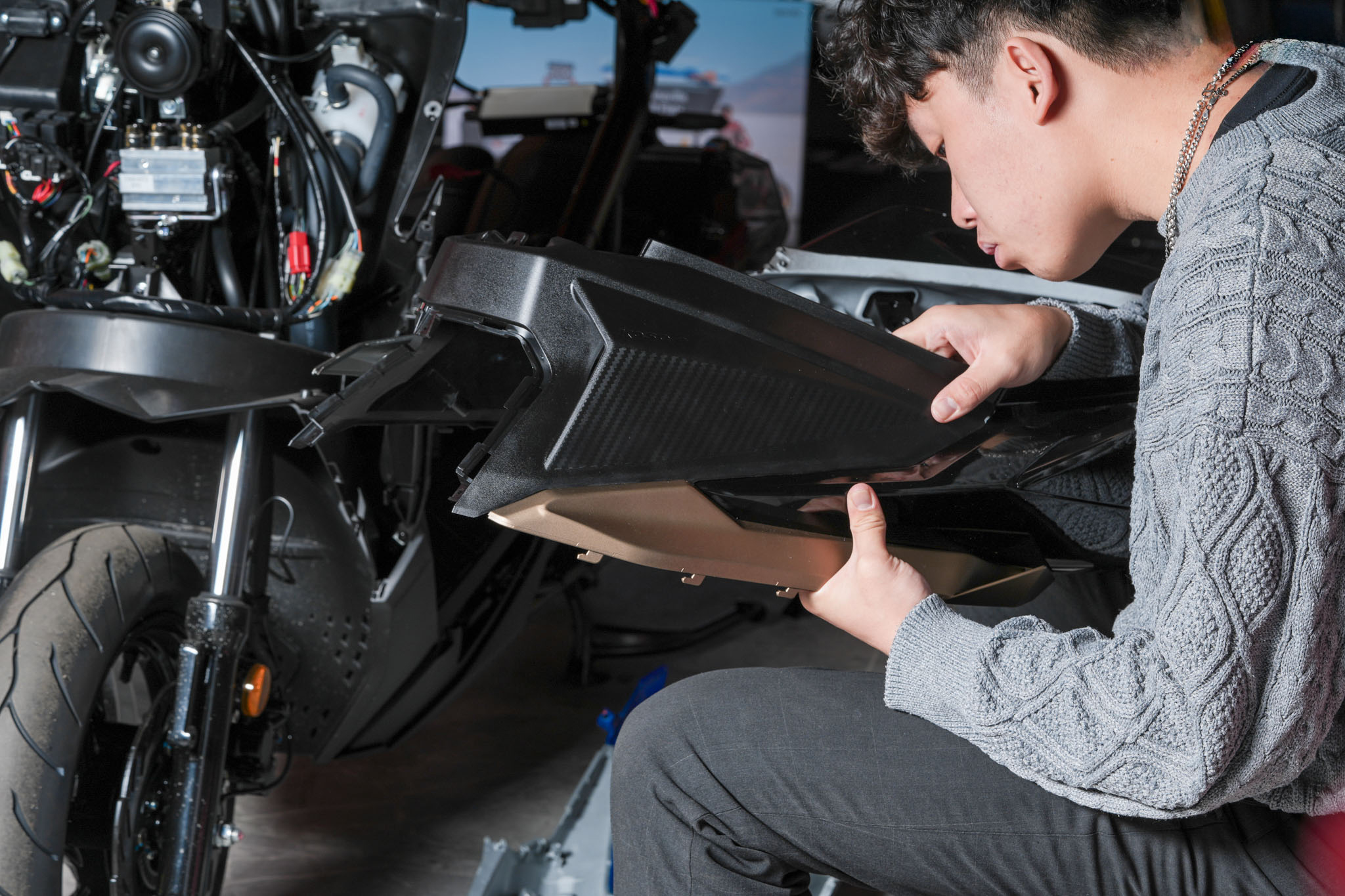
Installing a fairing kit might seem tricky, but with the right approach, you can handle it like a pro. Whether you’re a DIY enthusiast or prefer professional help, understanding the process ensures proper installation and a smooth experience.
DIY Installation Tips and Tools
Thinking about installing the fairing kit yourself? It’s a great way to save money and learn more about your bike. Start by gathering the right tools. You’ll need a screwdriver set, socket wrenches, and a torque wrench. A heat gun can also help if your kit includes adhesive parts. Before you begin, read the instructions that come with the kit. They’ll guide you step by step.
Here’s a tip: work in a well-lit space with plenty of room. Lay out all the parts and double-check that nothing’s missing. Take your time aligning the fairings properly. Rushing can lead to mistakes. If you’re unsure about a step, look up video tutorials or consult online forums. Many riders share helpful installation tips that can make the process easier.
When to Opt for Professional Installation
Sometimes, it’s better to leave the job to the experts. If your fairing kit is complex or you’re not confident in your skills, professional installation is the way to go. Mechanics have the experience and tools to ensure everything fits perfectly. They’ll also check for potential issues, like misaligned parts or loose screws, which could affect your bike’s performance.
Professional help is especially useful for custom fairings or high-end kits. These often require precise adjustments that can be challenging for beginners. While it costs more, the peace of mind is worth it.
Overcoming Common Installation Challenges
Even with preparation, challenges can pop up. One common issue is misaligned holes. If this happens, don’t force the screws. Instead, adjust the fairing’s position slightly until everything lines up. Another problem is loose fittings. Use a torque wrench to tighten screws to the recommended level. Over-tightening can crack the material, so be careful.
Adhesive parts can also be tricky. Use a heat gun to soften the adhesive for easier application. If you’re struggling with wiring, label the cables before disconnecting them. This makes reassembly much simpler.
By following these steps and staying patient, you’ll achieve a proper installation that looks great and performs even better.
Maintenance and Longevity
Keeping your fairing in top shape ensures it looks great and lasts longer. Regular maintenance also protects your bike body parts and keeps your motorcycle performing at its best. Let’s explore how you can care for your fairing and handle wear and tear effectively.
Cleaning and Caring for Your Fairing
Cleaning your fairing doesn’t have to be complicated. A little effort goes a long way in maintaining its shine and durability. Here are some tips to keep it looking fresh:
Use mild soap and water to clean the surface. Avoid harsh chemicals that could damage the finish.
Dry the fairing with a soft cloth to prevent water spots.
Check fasteners regularly. Vibration from riding can loosen bolts, so tighten them as needed.
By cleaning your fairing regularly, you’ll not only maintain its appearance but also protect the underlying bike body parts from dirt and debris.
Inspecting for Damage and Wear
Your fairing takes a lot of hits from wind, debris, and weather. Over time, cracks or scratches may appear. Inspect it periodically to catch any damage early. If you spot a crack, repair it promptly to prevent it from spreading. Also, check for loose or missing parts, as these can affect your bike’s performance.
Don’t forget to examine the fastenings. Loose bolts can cause rattling or even lead to parts falling off during a ride. A quick inspection before and after long trips can save you from bigger issues down the road.
Replacing or Upgrading Motorcycle Body Parts
Sometimes, repairs aren’t enough, and you’ll need to replace or upgrade your motorcycle body parts. Start by assessing your bike’s needs. Identify which parts are worn out or outdated. When choosing motorcycle body parts, focus on quality. For example, fairing heat shields can improve durability and protect against heat damage.
If you’re shopping online, stick to reputable retailers specializing in motorcycle accessories. These stores offer a wide range of parts, from fairing kits to windshields. Motorcycle forums are also a great resource. Riders often share reviews and recommendations, helping you make informed decisions.
Upgrading your bike body parts doesn’t just restore functionality—it can also enhance your bike’s style and performance. Whether you’re replacing a damaged fairing or adding new features, investing in quality parts ensures a smoother and safer ride.
Selecting the best fairing kit for your bike is about more than just looks. It’s about finding the right fairing that fits your motorcycle, matches your style, and enhances performance. By focusing on compatibility, material quality, design, cost, installation, and maintenance, you’ll make a choice that truly transforms your riding experience.
When you choose the right fairing, you’re not just upgrading your bike—you’re investing in its future. High-quality fairings improve aerodynamics, protect critical components, and keep your motorcycle looking sharp. They even boost resale value by making your bike more appealing to buyers. Whether you’re after durability, performance, or aesthetics, the right fairing kit delivers long-term benefits you’ll appreciate every time you ride.
Take your time, weigh your options, and choose the right fairing that meets your needs. Your bike deserves it, and so do you.
FAQ
What is the best material for a fairing kit?
The best material depends on your needs. ABS plastic is durable and affordable, fiberglass is lightweight and repairable, and carbon fiber is perfect for high-performance bikes. Choose ABS for everyday use, fiberglass for racing, or carbon fiber for premium performance.
Can I install a fairing kit myself?
Yes, you can! With basic tools like screwdrivers and wrenches, you can handle DIY installation. Follow the instructions carefully and take your time. If it feels too complex, professional help ensures a perfect fit.
How do I clean my fairing kit?
Use mild soap and water with a soft cloth. Avoid harsh chemicals that might damage the finish. Dry it thoroughly to prevent water spots. Regular cleaning keeps your fairing looking sharp and protects it from dirt and debris.
Are universal fairing kits a good option?
Universal kits work for many bikes but may need adjustments during installation. They’re budget-friendly but might not fit as seamlessly as custom kits. If you want a perfect fit, custom fairings are the better choice.
How often should I inspect my fairing for damage?
Check your fairing every few weeks or before long rides. Look for cracks, scratches, or loose bolts. Early detection of damage helps you fix issues before they worsen, keeping your bike safe and stylish.
